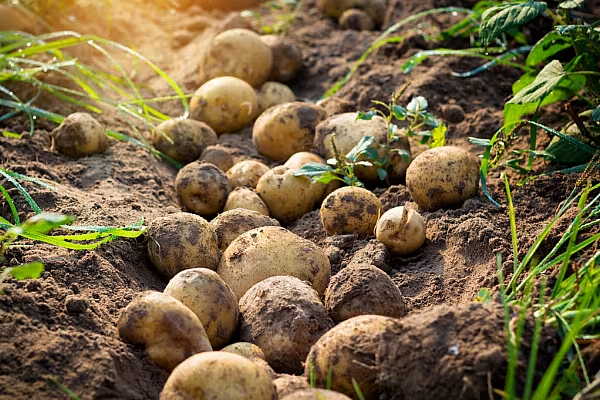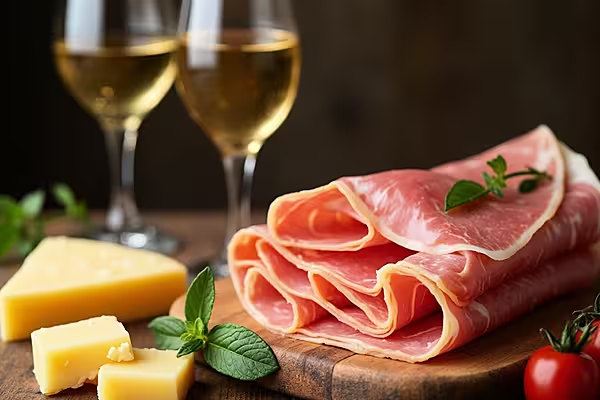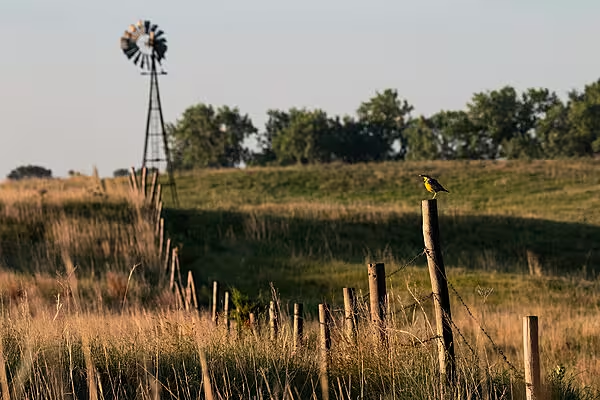Potato farmer Pedro Gomez stared out across rows and rows of ruined potato plants, the usually green foliage brown and withered by heavy frost.
"They are very significant losses for the farmers who benefit from these crops, which is the only thing they can grow here," he said.
Just a few weeks earlier the field, located in Colombia's central Cundinamarca province, was full of healthy plants.
"You can see that after the frost it looks as though they have been sprayed with herbicide," Gomez said this week, adding the frost had cost him all his investment in the crop.
Morning Frosts
While dry weather stokes fire fears in Colombia's coastal regions, early morning frosts in the Andean country's high altitude areas are laying waste to farm pastures and crops.
The frosts are caused by thermal inversions, including rapid cooling of the ground on clear nights, said Yolanda Gonzalez, the director general of the Colombian Institute of Meteorology (IDEAM).
"Just in this month we have had a lot of days with little cloud cover, high temperatures and scarce rainfall, which favors continued low temperatures," Gonzalez said.
Low temperatures have been seen in departments including Cundinamarca, Santander and Boyoca, Gonzalez said, with temperatures in some regions plunging to minus four degrees.
Climate Change
Environment Minister Ricardo Lozano told Reuters this week that extended dry periods were connected to climate change.
"In the tropics a big consequence of global warming is increasing intensity (of extreme events) and longer dry or rainy periods," he said.
In Boyaca the frosts have hit dairy farmers, ruining grass that cows depend on to produce milk.
"When the sun comes out the grass withers, leaving us without food for the animals. When they go hungry, the quality and quantity of milk falls," said 57-year-old farmer, Marta Galeano.
Galeano, who works with her husband Carlos Salazar, 59, said milk production from their 22 cows was down some 30% so far this year, because of the fall in grass quality.
The combination of lower milk production and higher costs -including the need to supplement the cows' food with corn - has led to a spike in expenses, Galeano said.
In the face of the frosty weather, Galeano does what she can to heat up dairy machinery and keep cattle comfortable.
"It's up to us," she said, blowing on the milking station's metal tubes and rubbing them between her hands. "Nothing but human warmth."
News by Reuters, edited by ESM. Click subscribe to sign up to ESM: European Supermarket Magazine.














